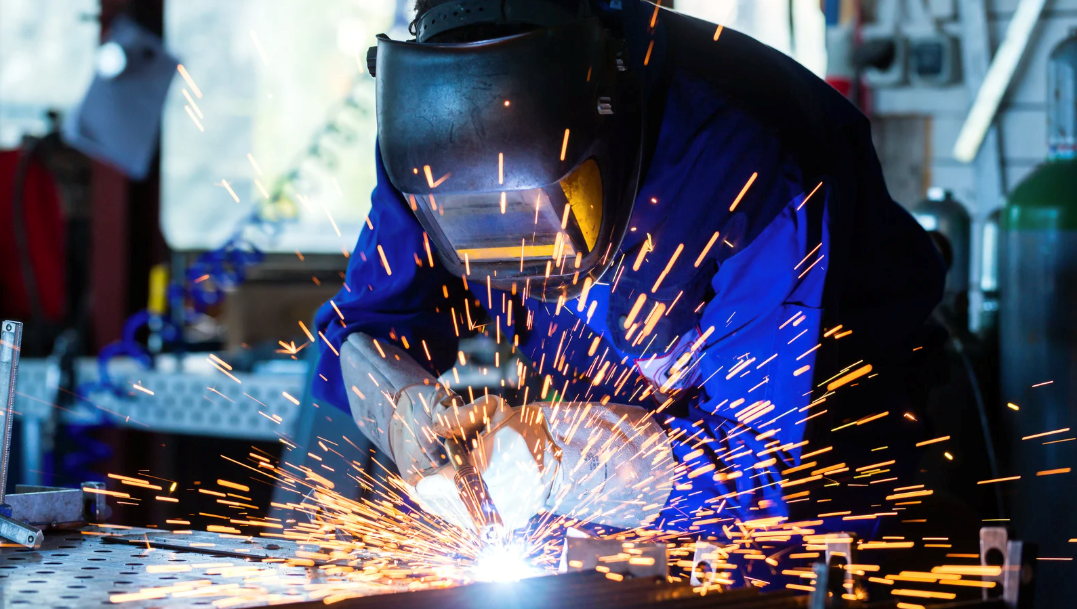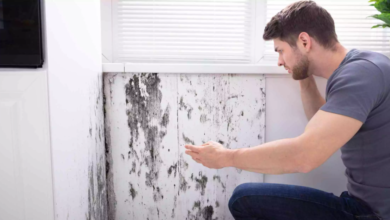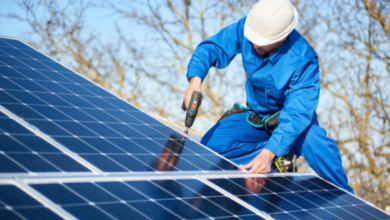Welding plays a critical role in manufacturing, construction, and fabrication industries, but it also introduces a serious occupational hazard: airborne contaminants. The fumes generated during welding can include metal oxides, gases, and ultrafine particles that pose immediate and long-term health risks to workers. Installing effective welding air filtration systems is one of the most reliable ways to safeguard respiratory health while maintaining regulatory compliance.
From protecting welders to improving indoor air quality, these systems offer significant value across industrial operations.
Health Hazards from Welding Fumes
Welding fumes are a complex mixture of hazardous substances released when metals and coatings are heated. Common components include hexavalent chromium, manganese, and ozone—all of which can cause respiratory irritation, lung damage, or neurological effects with prolonged exposure. Without a filtration system, these pollutants disperse into the air, creating an unsafe environment for everyone in the workspace.
Even facilities that rely on general ventilation can fall short when it comes to capturing fumes at the source. That’s where targeted filtration systems offer a more direct and effective solution.
See also: Understanding the Process of Designing a Luxury Home
When to Evaluate Your System
Welding environments are dynamic, and filtration systems need regular maintenance to function efficiently. Filter saturation, declining airflow, or visible haze are signs that your current setup may not be keeping up. Recognizing the signs to replace your welding air filtration system is essential to maintaining air purity and operational safety. Failing to address a declining unit not only endangers worker health but may also lead to violations of occupational health standards.
Periodic inspections, filter replacements, and performance assessments should be part of your facility’s routine safety protocol.
Choosing the Most Effective Setup
The right filtration solution depends on various factors, including the type of welding process, the materials involved, and the size of the workspace. Systems may range from portable fume extractors to large centralized units connected to multiple stations. Adjustable arms, HEPA filters, spark arrestors, and airflow sensors are all features to consider when selecting or upgrading a unit.
Understanding the importance of choosing the right welding air filtration system for effective fume control can help minimize airborne toxins and ensure a safer, cleaner environment. A well-matched system captures fumes at the source and prevents them from reaching surrounding areas, making a measurable impact on air quality and compliance.
Added Benefits Beyond Safety
In addition to reducing respiratory risks, air filtration systems also contribute to cleaner surfaces, less equipment wear, and fewer unplanned maintenance events. Over time, this supports both productivity and profitability. Cleaner environments also enhance worker morale and retention by showing a clear commitment to health and safety.
As industries increasingly focus on sustainable and responsible practices, air quality management through proper filtration aligns with broader environmental and occupational goals.
Conclusion
Welding fumes are an unavoidable byproduct of an essential industrial process, but the health risks they pose don’t have to be. Installing and maintaining proper welding air filtration systems is a proactive step toward creating a safer, healthier workspace. By recognizing when your current system needs attention and understanding which filtration setup best suits your operation, you can reduce exposure, stay compliant, and protect your team for the long haul.




